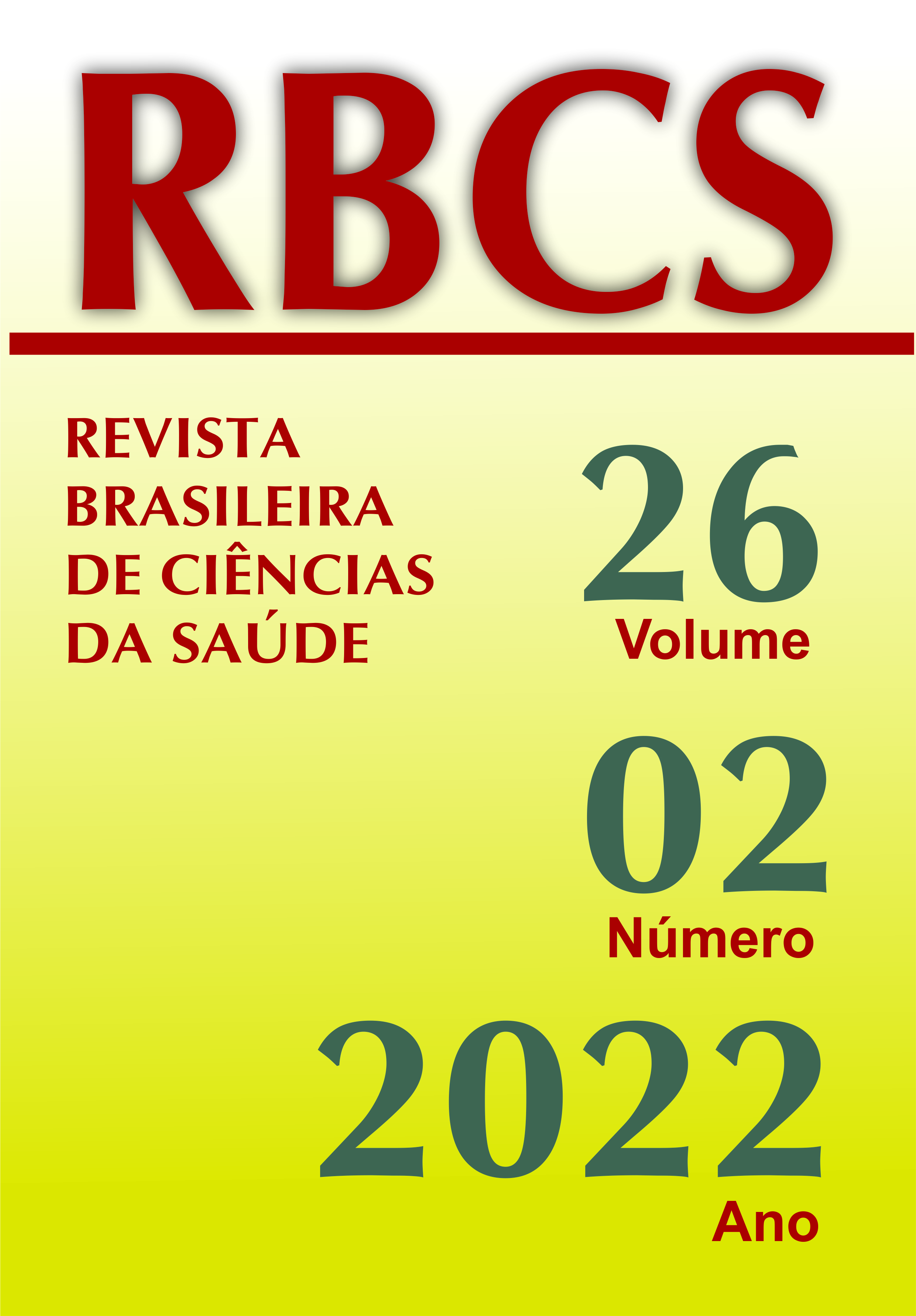VARIÁVEIS PREDITIVAS PARA IMOBILIDADE INTRAHOSPITALAR DE IDOSOS
DOI:
https://doi.org/10.22478/ufpb.2317-6032.2022v26n2.61200Keywords:
Immobility, Aging, HospitalizationAbstract
Objective: To evaluate predictors of in-hospital immobility in the elderly. Methods: this is a quantitative, longitudinal and descriptive study. Data collection took place between 2015 and 2016 at the University Hospital of Santa Maria (HUSM). The sample was initially composed of 493 elderly people, of whom 397 were included, 22 were excluded due to immobility prior to hospitalization and 74 due to the other exclusion criteria. The variables assessed at admission were age, sex, who lives, admission pathology, risk index for the elderly, frailty on the Edmonton scale, calf circumference greater than or less than 31 cm, indicator of geriatric depression (GDS-4) , impact of comorbidities by the Charlson index, delirium using the Confusion Assessment Method and as an outcome, in-hospital immobility. Predictive variables were identified using logistic regression (Backward model). Significant values were considered when the p value was less than 0.05 (SPSS 21.0). Results: Of the 397 individuals evaluated, it was observed that there was a predominance of young elderly between 60 and 69 years old (39.7%), male (53.7%). It was observed that age (p = 0.007), frailty indicators (p = 0.007) and delirium (p = 0.001) during hospitalization increased the chance of the elderly to present in-hospital immobility. Conclusion: We identified that immobility is associated with age, admission pathologies, CP values, frailty scores, risk index for the elderly and the presence of comorbidities and the predictive variables for immobility were age, frailty and delirium on admission. Thus, it is suggested that they be considered in the implementation of preventive measures regarding the in-hospital immobility of the elderly.
Keywords: Immobility, aging, hospitalization.


